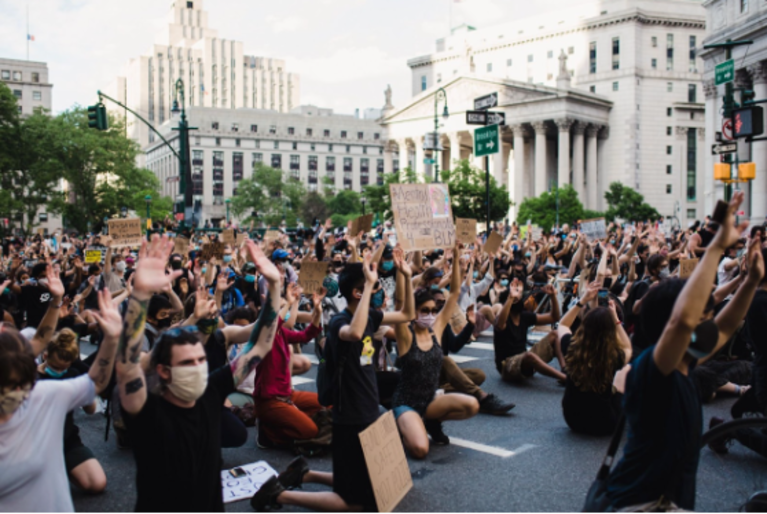In an article with LAProgressive, Billy Straton, a professor at the University of Denver, shared the history and a tribute to Silas Soule.
According to Straton, an event called the Sand Creek Massacre Spiritual Healing Run has been put on by Cheyenne and Arapaho descendants every year.
The run itself was done to follow in the footsteps of the assassinating troops as they made their way back to Denver.
Straton stated that the organizers, Otto Braided Hair, regarded that the healing run assists Cheyenne and Arapaho people in integrating the past and present to create a bright future.
The runners, together with their supporters, would congregate in downtown Denver at an office facility on the corner of 15th and Arapahoe streets on the final day of the healing run.
They regarded that all prayer is beneficial because it serves the objective of healing—spiritual healing, emotional healing—and that healing has no restrictions or preferences.
A bronze plaque, installed in 2010 as a tribute to Captain Silas Soule, a soldier who was at Sand Creek and was slain, is attached to the exterior wall of the structure.
In Memory of Silas Soule
According to Straton, Soule is notable for his courage to resist evil orders by the Methodist clergyman and US Army Colonel John Chivington.
However, his character has been largely ignored in history.
Despite this, Straton stated that the Cheyenne and Arapaho people hold Soule's memory dear,
And, his grave and the location of his death in Denver serve as sacred places of remembrance within the tangled sprawl of traumatic history that binds their lives together.
That said, when Cheyenne and Arapaho people travel to the locations of Soule's death and last resting place, they continue to respect his humanity and conscience through blessings and prayers.
This is accompanied as well as by singing heartfelt honor songs that calm and heal people.
Sand Creek Massacre
In the event of the Sand Creek Massacre, around 750 Arapaho and Cheyenne people were camped out on November 29th, 1864, in a valley along the Big Sandy Creek.
On that day, many Arapaho and Cheyenne lost their lives, leaving behind a bitter memory for future generations of Native Americans.
Silas Soule, who joined the struggle against slavery in Kansas, was born in Maine into a renowned abolitionist family and later moved to Boston.
Soule, a military officer at the time of the massacre, declined to assist Col. Chivington's deadly preparations.
According to Straton, Soule bravely and aggressively refused to carry out Chivington's instructions to assault the peaceful community of Cheyenne and Arapaho people.
This is despite how he was threatened with execution.
Straton also stated that Soule gave orders for the soldiers under their charge to stand down and refrain from firing as the carnage started, which ended up sparing many lives.
Even though Soule was powerless to stop the killing, his testimony led to three military and congressional investigations into the heinous crime.
According to Straton, Soule's words were intended to speak to the memories of the present.
He gave testimony to the hatred and cruelty committed at Sand Creek, as well as the goodness and compassion of the human spirit.
More from Crossmap: Aurora congregation holds celebration of life service for faith leader and civil rights activist





